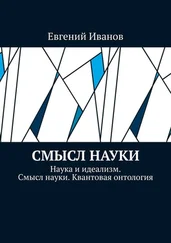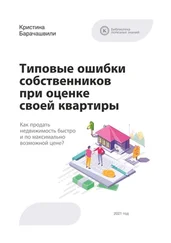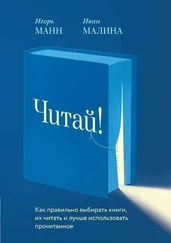168Mikael Laakso, Patrik Welling, Helena Bukvova, Linus Nyma, Bo-Christer Björk, and Turid Hedlund, “The Development of Open Access Journal Publishing from 1993 to 2009,” in PLoS ONE , 2011, 6 (6), e20961. doi:10.1371/journal.pone.0020961.
169Zoe Corbyn, “Retractions up tenfold,” in Times Higher Education , 2009, (20 August), https://www.timeshighereducation.com/news/retractions-up-tenfold/407838.article; Richard van Noorden, “Brazilian citation scheme outed. Thomson Reuters suspends journals from its rankings for ‘citation stacking.’” in Nature , 2013, 500 (29 August), pp. 510–551; Charlotte J.Haug, “Peer-Review Fraud — Hacking the Scientific Publication Process,” in New England Journal of Medicine , 2015, 373 (17 December), pp. 2393–2395; Jeffrey Beal, “Predatory journals: Ban predators from the scientific record,” in Nature, 534 (16 June).
170T. D. Wilson, “The Nonsense of ‘Knowledge Management’,” in Information Research , 2002, 8 (1), http://InformationR.net/ir/8-1/paper144.html; Michael Power, “The Audit Society — Second Thoughts,” in International Journal of Auditing , 2000, 4 (1), pp. 111–119.
171Jonathan R. Cole, Steven Cole, Social Stratification of Science (Chicago: University of Chicago Press, 1973).
172Pierre Bourdieu, “Forms of Capital,” in J. E. Richardson (ed.), Handbook of Theory of Research for the Sociology of Education (New York: Greenwood Press, 1986), pp. 241–258; Pierre Bourdieu, Science of Science and Reflexivity (Chicago: University of Chicago Press, 2004).
173Bruno Latour, Steven Woolgar, “The Cycle of Credibility,” in Barry Barnes and David Edge (eds), Science in Context. Readings in the Sociology of Science (Cambridge, Mass.: MIT Press, 1982), pp. 34–43.
174Harriet Zuckerman, Robert K. Merton, “Patterns of Evaluation in Science: Institutionalization, Structure, and Functions of the Referee System,” in Minerva, 1971, 9, pp. 66–100; Daryl E. Chubin, Edward J. Hackett, Peerless Science. Peer Review and US Science Policy (Albany: SUNY Press, 1990); Mario Biagioli, “From Book Censorship to Academic Peer Review,” in Emergences, 2002, 12 (1), pp. 11–45; David Abraham Kronick, “Devant le deluge” and Other Essays on Early Modern Scientific Communication (Lanham, MD: Scarecrow, 2004); Lewis Pyenson, “Physical Sense in Relativity: Max Planck edits the Annalen der Physik, 1906–1918,” in Annalen der Physik , 2008, 17 (2–3), pp. 176–189.
175Thane Gustafson, “The Controversy Over Peer Review,” in Science , 1975, 190 (12 December), pp. 1060–1066.
176Drummond Rennie, “Let’s make peer review scientific,” in Nature , 2016, 535 (7 July), pp. 31–33.
177См.: Yves Gingras, Bibliometrics and Research Evaluation. Uses and Abuses (Cambridge, Mass.: MIT Press, 2016).
178Isabelle Bruno, Emmanuel Didier, Benchmarking: L’État sous pression statistique (Paris: La Découverte, 2013).
179Nicholas Wade, “Citation Analysis: A New Tool for Science Administrators,” in Science , 1975, 4187, pp. 429–432.
180Wendy Nelson Espeland, Michael Sauder, Engines of Anxiety: Academic Rankings, Reputation, and Accountability (New York: Russell Sage Foundation, 2016).
181Jeanne Peiffer, Jean-Pierre Vittu, “Les journaux savants, formes de la communication et agents de la construction des savoirs (17e–18e siècles),” in Dix-huitème siècle , 2008, 40, pp. 281–300.
182Bob Grant, “Merck Published Fake Journal,” in TheScientist.com , 2009 (April 30), http://www.the-scientist.com/blog/display/55671/; Bob Grant, “Elsevier Published 6 Fake Journals,” in TheScientist.com , 2009 (May 7), http://www.the-scientist.com/blog/display/55679/; Jeffrey Beal, “Predatory journals: Ban predators from the scientific record,” in Nature , 2016, 534 (16 June).
183Robert K. Merton, “The Matthew Effect in Science, II. Cumulative Advantage and the Symbolism of Intellectual property,” in Isis, 1988, 79, pp. 606–623; Katherine W. McCain, “Obliteration by Incorporation,” in Blaise Cronin and Cassidy R. Sugimoto (eds), Beyond Bibliometrics (Cambridge, Mass.: MIT Press, 2014), pp. 129–149.
184Ichiko Fuyuno, David Cyranoski, “Cash for Papers: Putting a Premium on Publication,” in Nature , 2006, 441 (June 15), p. 792.
185Fred Barbash, “Major publisher retracts 43 scientific papers amid wider fake peer-review scandal,” in Washington Post , 2015 (March 27), https://www.washingtonpost.com/news/morningmix/wp/2015/03/27/fabricated-peer-reviews-prompt-scientific-journal-to-retract-43-paperssystematic-scheme-may-affect-other-journals/; Charlotte J. Haug, “Peer-Review Fraud — Hacking the Scientific Publication Process,” in New England Journal of Medicine , 2015, 373 (17 December), pp. 2393–2395.
186Ewen Callaway, “Publishing Elite Turns Against Impact Factor,” in Nature , 2016, 535 (14 July), pp. 210–211.
187Lindsay Waters, Enemies of Promise: Publishing, Perishing, and the Eclipse of Scholarship (Chicago: Prickly Paradigms Press, 2004).
188AAUP, “Statement on ‘Academic Analytics’ and Research Metrics,” 2016, 22 March, https://www.aaup.org/file/AcademicAnalytics_statement.pdf.
189D. Priem, P. Taraborelli, Groth., and C. Neylon, “Altmetrics: A Manifesto,” 2010, 26 October, http://altmetrics.org/manifesto.
190Yves Gingras, Bibliometrics and Research Evaluation. Uses and Abuses (Cambridge, Mass.: MIT Press, 2016).
191Derek J. de Solla Price, Little Science, Big Science (New York: Columbia University Press, 1963).
192Adrian Cho, “Once Again, Physicists Debunk Faster-Than-Light Neutrinos,” in Science , 2012, (8 June), http://www.sciencemag.org/news/2012/06/once-again-physicists-debunk-faster-lightneutrinos.
193Maggie Berg, Barbara K. Seeber, The Slow Professor: Challenging the Culture of Speed in the Academy (Toronto: University of Toronto Press, 2016).
194Статья представляет собой переведенную и переработанную Олесей Кирчик версию публикации: Kirchik, Olessia, Yves Gingras, & Vincent Larivière, “Changes in publication languages and citation practices and their effect on scientific impact on Russian science (1993–2010),” in Journal of the American Society for Information Science and Technology , 2012, 63 (7), pp. 1411–1419.
Читать дальше
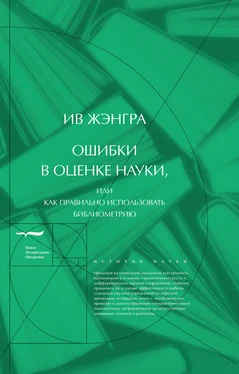



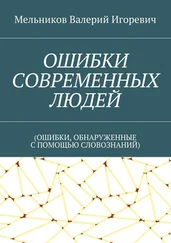
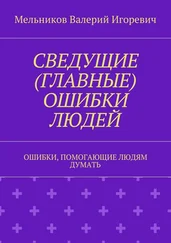
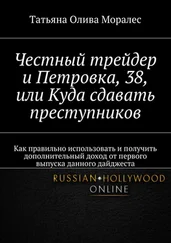
![Ив Жангра - Ошибки в оценке науки, или как правильно использовать библиометрию [калибрятина]](/books/390964/iv-zhangra-oshibki-v-ocenke-nauki-ili-kak-pravilno-thumb.webp)

